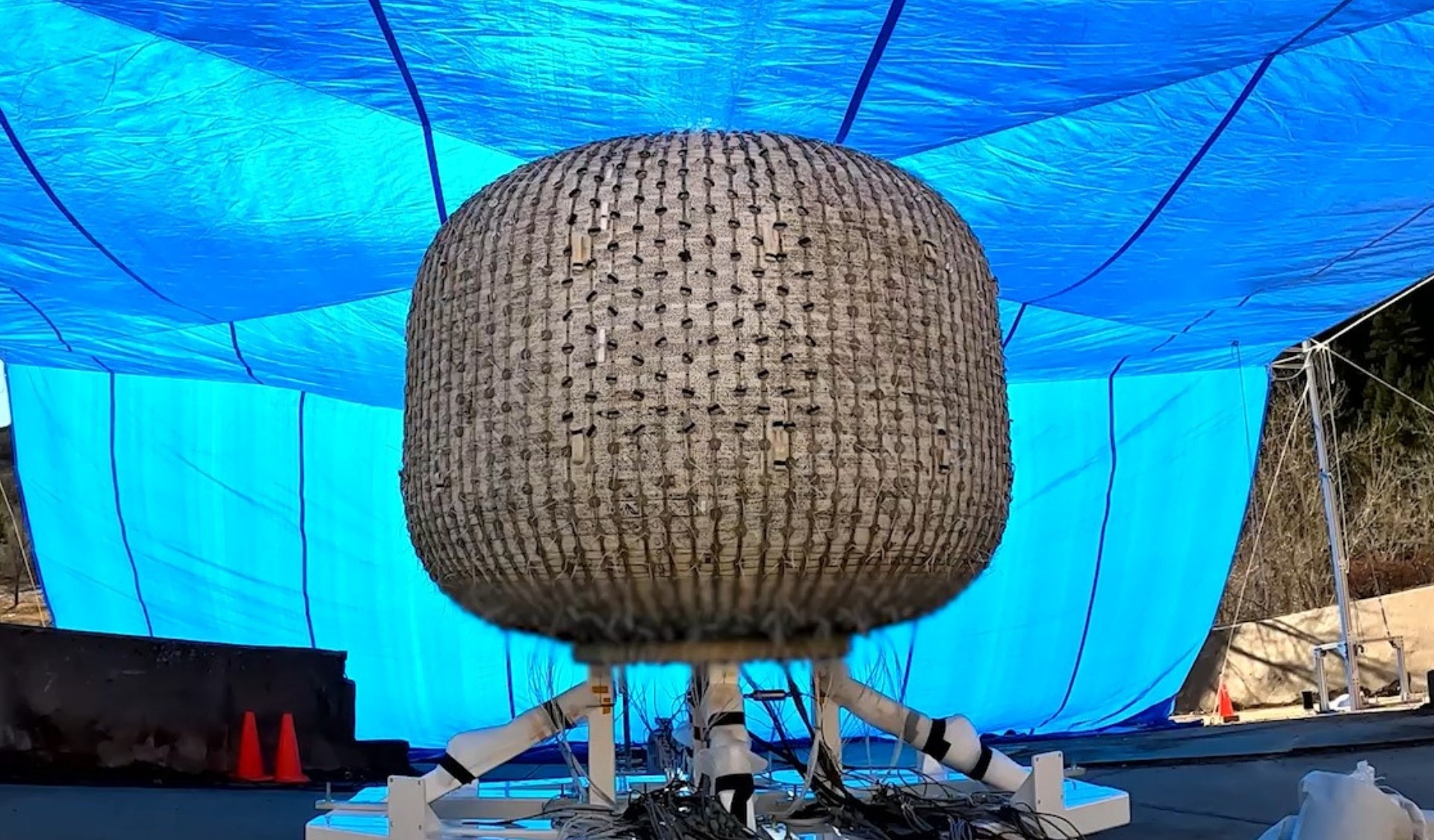Putting the payload into orbit is very expensive. That is why, before the launch of the rocket, the load is calculated to a gram. To save weight, companies are developing compact inflatable capsules that would serve as habitation for astronauts in space. When folded, such capsules do not take up much space, their weight is small, and when deployed under air pressure, they create comfortable conditions for life in Earth orbit, on the Moon or even Mars. But how strong is this design? Lockheed Martin decided to test the limits of its prototype inflatable habitat by deliberately bursting it.

The tests took place at the Lockheed Martin plant in Colorado. The company’s engineers deployed an inflatable capsule and continued testing the tensile strength of the structure. Finally, the capsule burst at a pressure of 325 kg/cm2, which is six times the maximum operating pressure. This means that the test was very successful. Watch the impressive video footage below as the structure is torn to pieces under high pressure.
A similar inflatable room is already being used on the International Space Station. But Lockheed Martin wants to expand this concept to facilitate the colonization of the Solar System.
“This technical demonstration is the first step in creating a new generation residential module that will make life easier for astronauts in space and allow people to explore near-Earth space further than ever before,” Lockheed Martin said.
The Lockheed Martin inflatable capsule is part of NASA’s NeXTSTEP program, a public-private partnership aimed at developing deep space exploration technologies, including habitation systems.
Earlier we reported on how Lockheed Martin and Goodyear were teaming up to develop the Moon.
Follow us on Twitter to get the most interesting space news in time
https://twitter.com/ust_magazine

